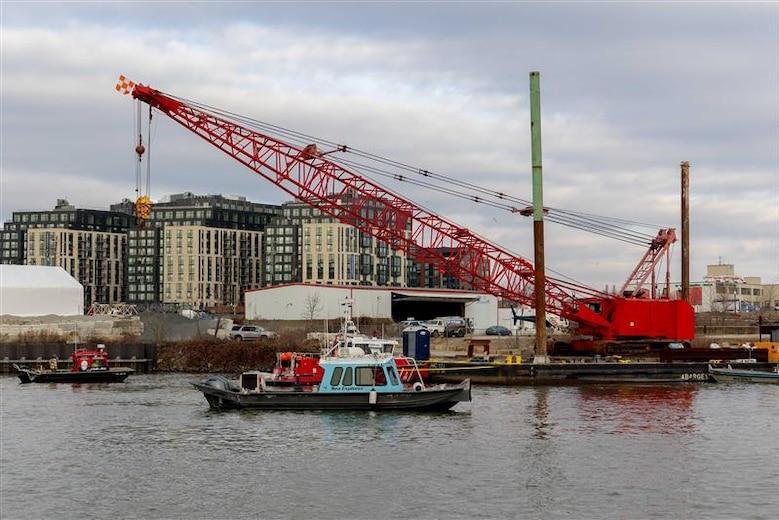Feb. 11 (UPI) — The Potomac River is open again after federal recovery teams concluded their salvage operations following the deadly collision between a commercial airliner and a U.S. Army helicopter on Jan. 29.
Officials for the unified command consisting of the Army Corps of Engineers Baltimore District, U.S. Coast Guard and the U.S. Navy’s Supervisor of Salvage and Diving on Tuesday announced the completion of the recovery effort on Tuesday and six days sooner than expected.
“With wreckage removal and demobilization behind us, the Potomac is once again safe for navigation,” said USACE Baltimore District Commander Col. Francis Pera. “It is our hope that this helps provide the region a small sense of normalcy following this tragic event.”
Dive operations on Monday confirmed all major components from the two aircraft were recovered.
“We are proud of the unified efforts and partnerships that endured through this response and helped make this mission successful,” Pera said of the recovery effort.
“Each day, we thought of those who lost their lives, their loved ones and the many incident responders impacted by this tragic event.”
The midair collision on the evening of Jan. 29 killed all 64 passengers and crew on American Airlines-owned American Eagle Flight 5342 and all three soldiers aboard the Sikorsky UH-60 Black Hawk helicopter.
The airliner was attempting to land at the Ronald Reagan Washington National Airport in Arlington County, Va., while the crew aboard the Army helicopter were training for nighttime operations when they collided at a low altitude over the Potomac River.
Salvage crews recovered all bodies on Feb. 4 and the last large pieces of wreckage on Thursday.
All wreckage removed from the crash site was transported to a secure location to be laid out and examined by the National Transportation Safety Board that is investigating the accident and will determine if changes are needed to prevent similar deadly collisions.
Some small pieces of either aircraft might be found in the Potomac or Anacostia rivers or along their shorelines.
Anyone who might come across such items immediately should call 911 to report them and not touch or remove any items, according to the USACE.
